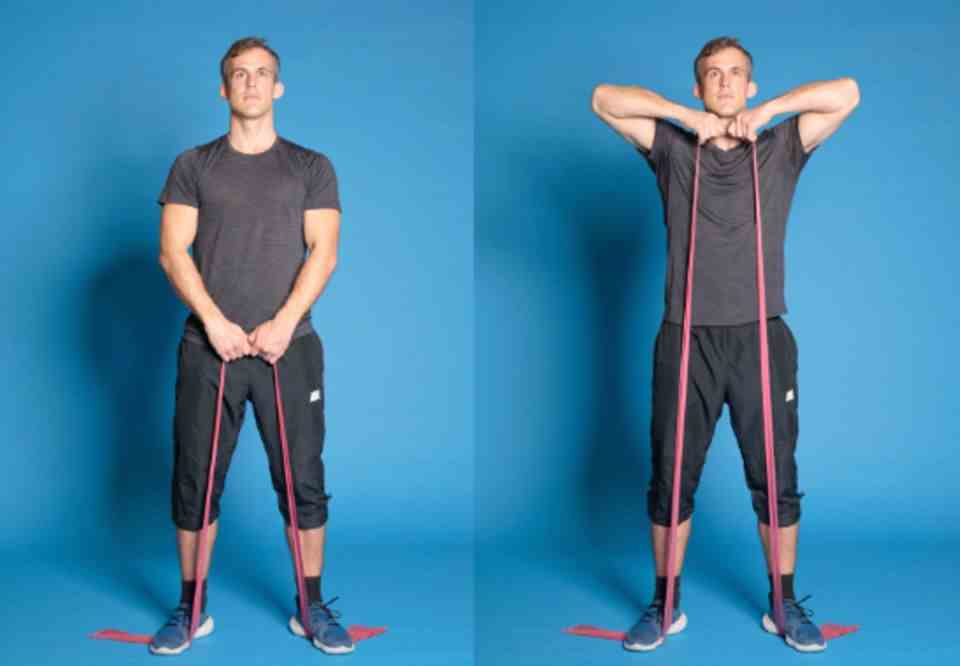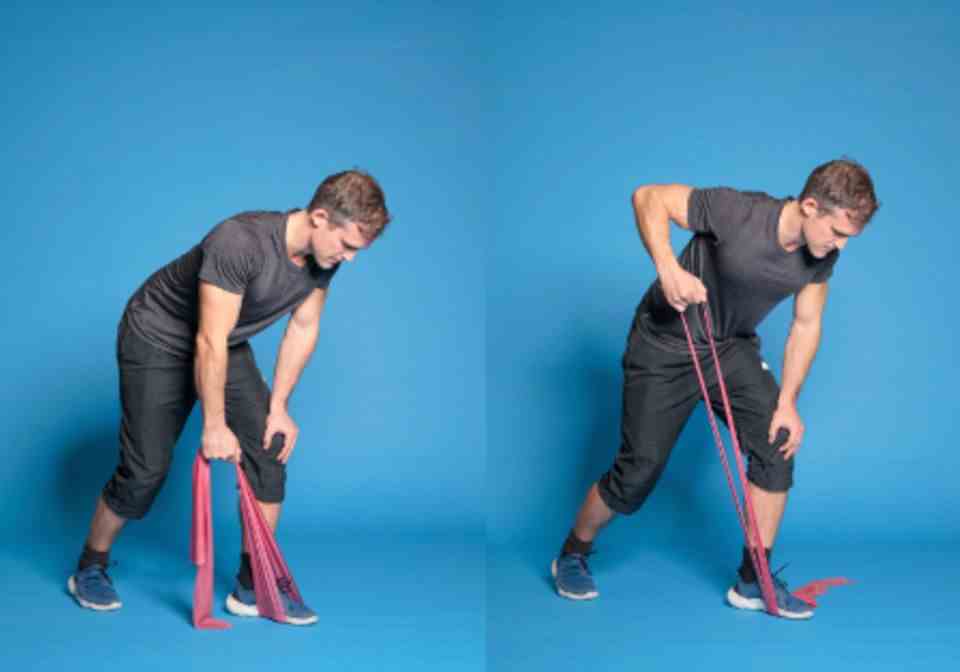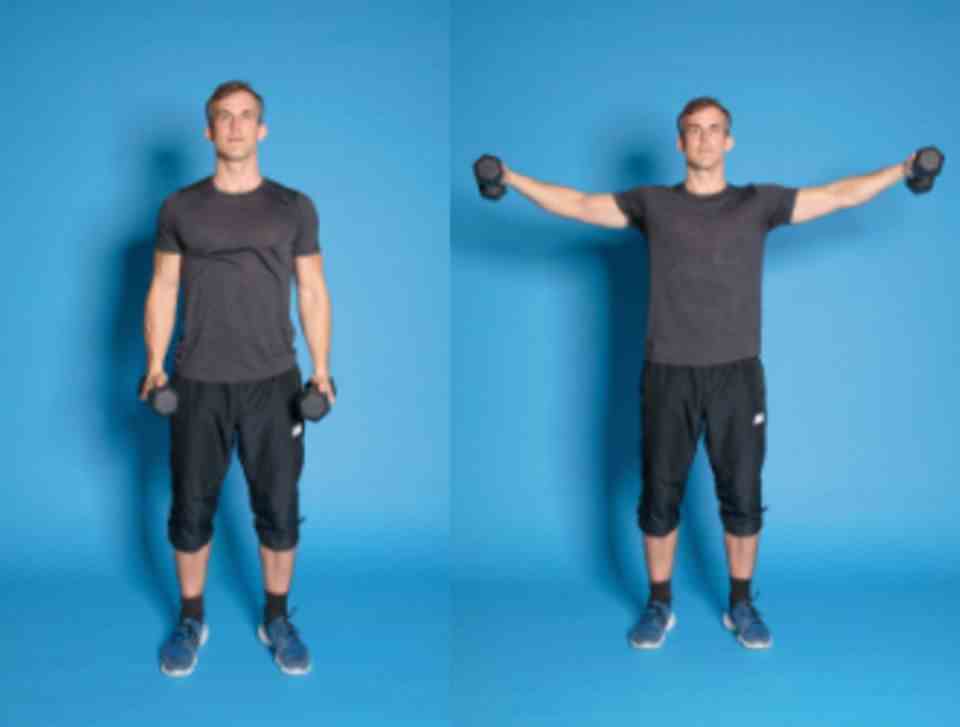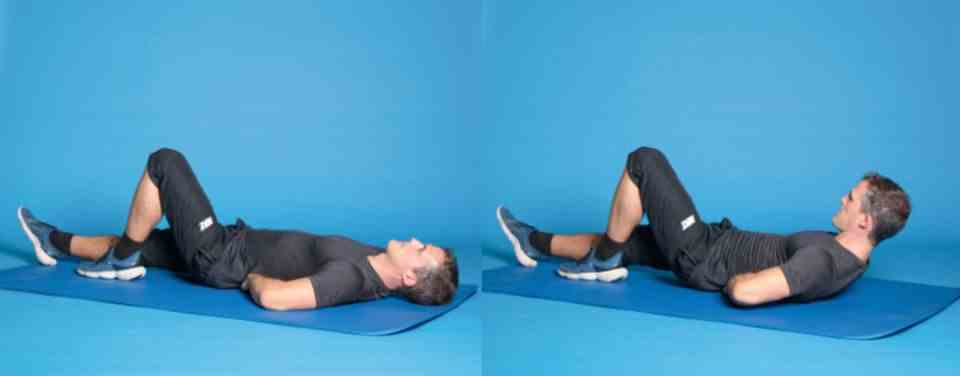Sound back training
Studies show these eight exercises really help with back pain
Training against back pain
© SchreiberPötter
For neck, shoulders and the lower back: The Heidelberg physiotherapist and sports scientist Tobias Horel is co-founder of the “Physio meets Science” initiative and shows here which exercises patients with back pain benefited from in studies.
These exercises are scientifically well-researched and proven in studies with subjects who suffered from pain in the neck, shoulders and upper back or lower back. Physiotherapist and sports scientist Tobias Horel, center manager of the physiotherapeutic practice “theraktiv” in Heidelberg, shows them in the photos. Together with other therapists and sports scientists, Horel founded the “Physio meets Science” initiative. He says: “We want to build a bridge between the latest scientific findings and the therapists and patients.”
Recommendation for carrying out the exercises: three workouts per week, three sets of each exercise (you can choose three from exercises 1 through 5 for the shoulder-neck area). Repeat each exercise 8 to 15 times at 70 to 80 percent of your maximum strength. “Don’t base it on the exact number of reps,” says Horel. “The important thing is: after the last exercise in a round, you shouldn’t be able to do it anymore because the muscles are briefly exhausted.” To do this, you can use a Theraband that you grip shorter or longer, or dumbbells.
1. Shrug Exercise 1: Shrug © SchreiberPötter
Standing upright, place one foot on the middle of the band. If you shorten the band, the exercise will be harder to perform. Raise your shoulders towards your ears and let them drop again.
2. Front raises Exercise 2: Front raises © SchreiberPötter
Standing tall, feet shoulder width apart, stand on the ends of the band, grasping the middle. Raise your hands along the imaginary zipper line up to the level of your neck while spreading your elbows out to the side. Let your hands and arms drop again.
3. One-arm row Exercise 3: One-arm row © SchreiberPötter
Lunge position, upper body bent at an angle, back straight, support hand on knee. Stand in the middle of the band and grasp it at knee height. Pull it up to waist height, bring your elbow back. Draw the shoulder blade towards the spine. Drop your hand again.
4. Lateral raises Exercise 4: Side raises © SchreiberPötter
Stand tall, feet shoulder-width apart. With your arms straight, raise the dumbbells (or the ends of the band you’re standing on the middle of) to your side to shoulder height. Lower your arms again.
5. Lateral raises bent forward Exercise 5: Lateral raises, bent forward © SchreiberPötter
Stand shoulder-width apart on the middle of the band, knees bent, upper body bent diagonally forward; Keep your back and cervical spine straight. Grasp the ends of the band sideways at knee height, raise your arms to the side to shoulder height. Lower your arms again.
6. Curl up Exercise 6: curl up © SchreiberPötter
Lie on your back on a thin mat with one leg bent. Place both hands under the lower lumbar spine. Raise your head and upper shoulders slightly and hold the position for 7 to 8 seconds. Then put your upper body down again.
7. Side plank Exercise 7: side plank © SchreiberPötter
Get into the side plank. It’s easier at first if you don’t do the exercise with your legs fully stretched out, but use your knees as a support point and fold your lower legs back. The supporting arm carries the body under the shoulder, the cervical spine is straight. Hold the position for 7 to 8 seconds. Advanced: Do not put down to change sides, but turn to the other side using the forearm support (middle picture).
8. Birddog Exercise 8: Birddog © SchreiberPötter
quadruped stand. Stretch one leg back, arm forward on the diagonal side. Thumb points to the ceiling, the cervical spine is straight. Slide your fingertips forward. Hold the position for 7 to 8 seconds, then switch sides.


